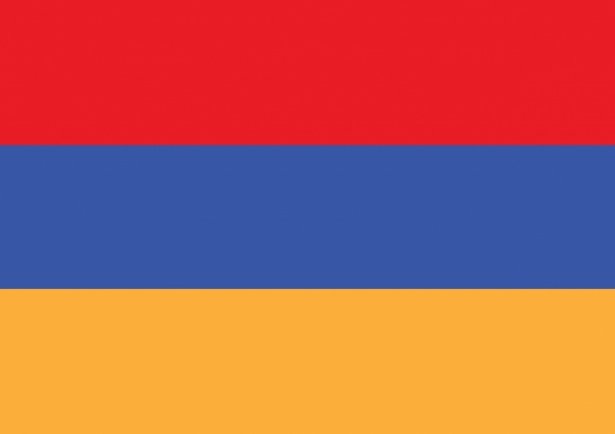Services
The following are the services provided by our company, Pre-printing / Printing / Post-printing

Digital image input
Graphic design or design of printed products is a kind of graphic design, the task of which includes the development of materials for printed products. Under the development of design in printing means the graphic design of the layout according to the wishes of the customer and in accordance with the technical requirements for the realization of this product.
Color - separation
Color separation in modern printing is the process of preparing color images for printing in several colors. Currently, the process of rasterization and color separation is automized and implemented programmatically for pre-press preparation of images.

Offset sheetfed printing
Offset printing is a printing technology that involves transferring ink from a printed form to a printed material, not directly, but through an intermediate blanket cylinder. Accordingly, unlike other printing methods, the image on the printed form is not mirrored, but straight.
Offset roll to roll printing
Offset roll to roll printing is a commonly used printing technique in which the inked image is transferred (or "offset") from a plate to a rubber blanket, then to the printing surface.
Flexo roll printing
Flexography (often abbreviated to flexo) is a form of printing process which utilizes a flexible reliefplate. It is essentially a modern version of letterpress which can be used for printing on almost any type of substrate, including plastic, metallic films, cellophane, and paper.
Digital roll printing
The ability of digital presses to print without plates enables the use of variable data such as text or images, such as in personalized direct marketing applications, or in photo albums, which are usually printed in copies of one. Digital presses also make short-run and just-in-time printing cost-effective.

Lamination
Lamination is the process of applying a thin layer of plastic to paper or cardboard to enhance and protect the printed matter. Common types of laminate are gloss, matt and silk. Lamination is often used for packaging, book covers, brochures, business cards and other printed items.
Laser cut
Digital laser cut or engraving allows you to go beyond the boundaries of the usual. The method of laser engraving can be technologically complex, despite this complexity, very precise and clean cutting can be achieved at high speed.
Hot stamping
Foil stamping is a special way of applying a flat impression, in which the foil is transferred to the material using a pre-made cliche.
Embossing
Embossing refers to a method of pressing an image into paper or cardstock to create a three dimensional design. The embossing procedures involve the use of two metal dies – one has a raised surface on it and the other has a mating surface recessed into it. The two dies fit into one another.
UV varnishing
UV coating is basically a compound that is applied to paper wet and then instantly dried by ultraviolet light. Depending on the type of varnish used, it gives the printed surface either a matt or glossy shade.
Selective varnishing
Selective varnishing or spot varnish makes it possible to obtain very interesting and original effects. A varnish applied only to portions of a printed piece after printing, rather than to the entire sheet, is typically for aesthetic purposes.
Die cut
Die-Cutting refers to the act of using sharp die to cut paper, cardstock, labelstock, or other substrates into various shapes with the help of special stamp. The is one of the most important methods of postprinting, as most products are processed by the same method.



